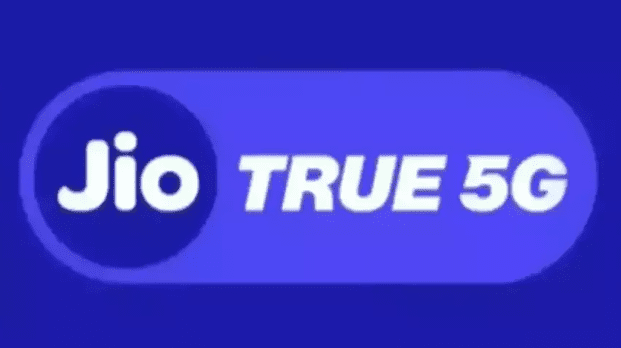5G
6 GHz band: Telcos and Tech companies duking it out over...
Bharti Airtel, Reliance Jio Infocomm, and Vodafone Idea all want the 6 GHz band auctioned off, claiming it will be useful for commercial deployment...
Jio 5G is extended to 2133 cities: Know Everything
In India, the competition to be the first to offer 5G services has taken a crucial new turn when Jio and Airtel revealed that...
Vivo T2 5G and T2x 5G is scheduled to launch on April...
The launch date for the Vivo T2 5G and the Vivo T2x 5G in India has been confirmed. On the 11th of April 2023,...
Bharti Airtel Reaches 500 Indian Cities in 5G roll-out beating Jio
Bharti Airtel has surpassed Reliance Jio in 5G roll-out by expanding its network to an additional 235 cities, bringing its total reach to 500....
AIIMS: India’s First 5G Enabled Institution
The AIIMS has decided to have its campus 5G-enabled by June 30 to allow for the best possible use of contemporary communication technologies for...
Airtel is currently providing unlimited 5G plans
Bharti Airtel has introduced an unlimited 5G data offer in an obvious effort to retain its higher-paying postpaid customers and encourage 4G users to...









